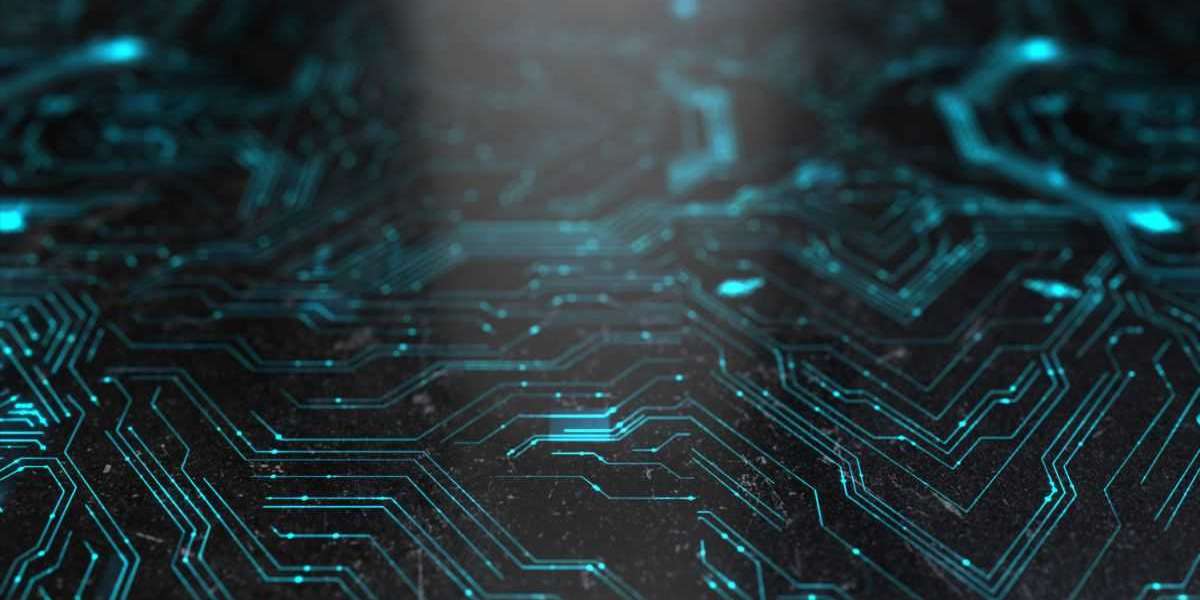In an era where information is key, the ability to quickly and accurately convert printed or handwritten text into digital data is a game-changer. Optical Character Recognition (OCR) technology has emerged as a powerful tool in this regard, revolutionizing the way we interact with written content in our daily lives. This article delves into the transformative impact of OCR and explores how it is unlocking new possibilities in various everyday tasks.
The Basics of Optical Character Recognition
Optical Character Recognition is a technology that converts different types of documents, such as scanned paper documents, PDFs, or images captured by a digital camera, into editable and searchable data. The primary purpose of OCR is to recognize and extract text, making it accessible and editable in a digital format. This technology has become increasingly sophisticated, capable of recognizing various fonts, languages, and even handwriting styles.
Digitizing Printed Text
One of the most obvious applications of OCR is in the digitization of printed text. Imagine having a vast collection of physical books, documents, or articles that you wish to access and search through quickly. OCR makes this possible by converting the text from these physical sources into a digital format. This not only facilitates easy storage and retrieval but also enables powerful search functionalities that were previously impossible with traditional paper-based materials.
Libraries, research institutions, and individuals alike can benefit from the digitization of printed text. It preserves valuable content, making it accessible to a wider audience and ensuring that knowledge is not confined to the physical realm.
Streamlining Document Management
OCR has become an indispensable tool in document management systems. Businesses, government offices, and educational institutions deal with an enormous volume of paperwork on a daily basis. OCR simplifies and accelerates the process of converting paper documents into digital files. Once digitized, these documents can be easily organized, categorized, and searched, leading to significant time and resource savings.
Moreover, OCR enhances data accuracy by reducing the likelihood of manual transcription errors. It ensures that information is captured precisely, minimizing the risk of data entry mistakes that can be costly in terms of time and resources.
Enhancing Accessibility
OCR plays a crucial role in making information accessible to individuals with visual impairments. By converting printed or handwritten text into digital formats, OCR enables text-to-speech applications and Braille displays to convey information to those who rely on alternative methods of consuming written content. This has a profound impact on inclusivity, allowing everyone, regardless of their abilities, to access and engage with information.
Furthermore, OCR is instrumental in creating accessible versions of printed materials, such as books and documents, ensuring that individuals with visual impairments can participate in educational and professional activities on an equal footing with their sighted counterparts.
Revolutionizing Data Extraction
In the realm of data extraction, OCR is a powerful tool for unlocking valuable information from various sources. For instance, businesses can extract data from invoices, receipts, and forms, automating tedious manual processes. This not only increases efficiency but also reduces the risk of errors associated with manual data entry.
In the financial sector, OCR is employed to extract information from bank statements, invoices, and other financial documents, streamlining the processing of transactions and enabling quicker decision-making. Similarly, in healthcare, OCR facilitates the extraction of patient information from medical records, contributing to the digitization and interoperability of healthcare data.
Overcoming Language Barriers
OCR technology has evolved to be multilingual, breaking down language barriers in the process. It can recognize and process text in various languages, making it a valuable tool in a globalized world. This capability is particularly beneficial for businesses and organizations operating in multicultural environments, where documents may be presented in different languages.
Whether it's translating documents, extracting information from multilingual sources, or simply facilitating cross-border communication, OCR contributes to a more connected and collaborative global community.
Challenges and Future Developments
While OCR has made significant strides, it is not without its challenges. Handwriting recognition, especially in cursive scripts, remains a complex task. Additionally, ensuring the accuracy of OCR algorithms across diverse fonts, styles, and languages requires continuous improvement.
Looking ahead, ongoing advancements in machine learning and artificial intelligence are expected to further enhance OCR capabilities. Improved accuracy, faster processing speeds, and expanded language support are on the horizon. Additionally, the integration of OCR with other technologies, such as natural language processing and image recognition, holds the potential to unlock even more sophisticated applications in various fields.
In conclusion, Optical Character Recognition is a transformative technology that is reshaping the way we interact with written content in our everyday tasks. From digitizing printed text and streamlining document management to enhancing accessibility and revolutionizing data extraction, OCR is a versatile tool with wide-ranging applications. As OCR technology continues to advance, it opens up new possibilities for efficiency, accuracy, and accessibility in an increasingly digital world. Embracing the power of OCR in our daily lives is not just a matter of convenience; it's a step towards a more connected, inclusive, and efficient future.




